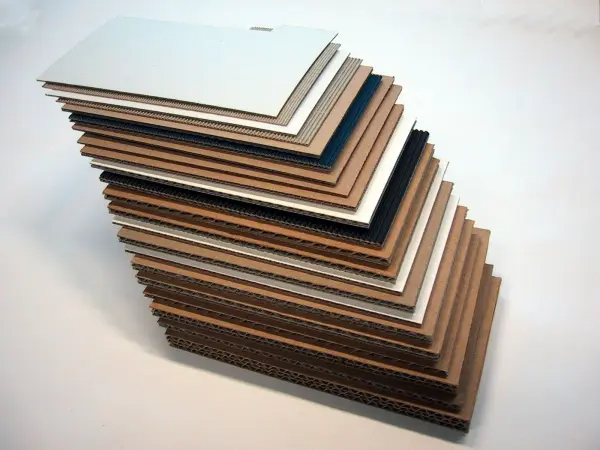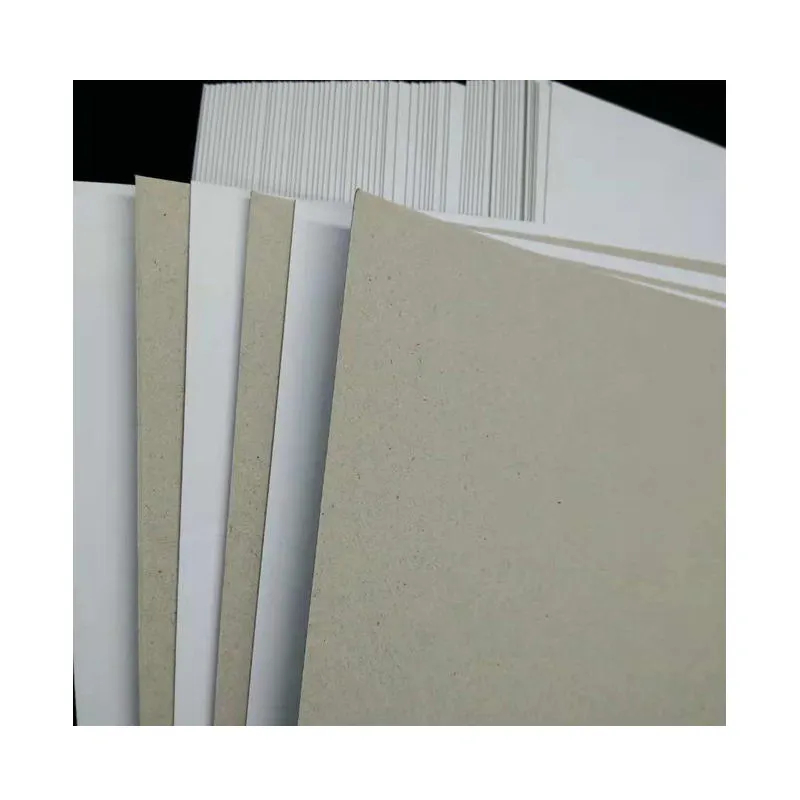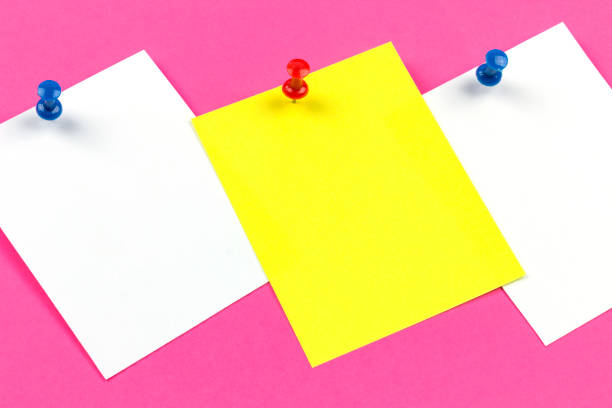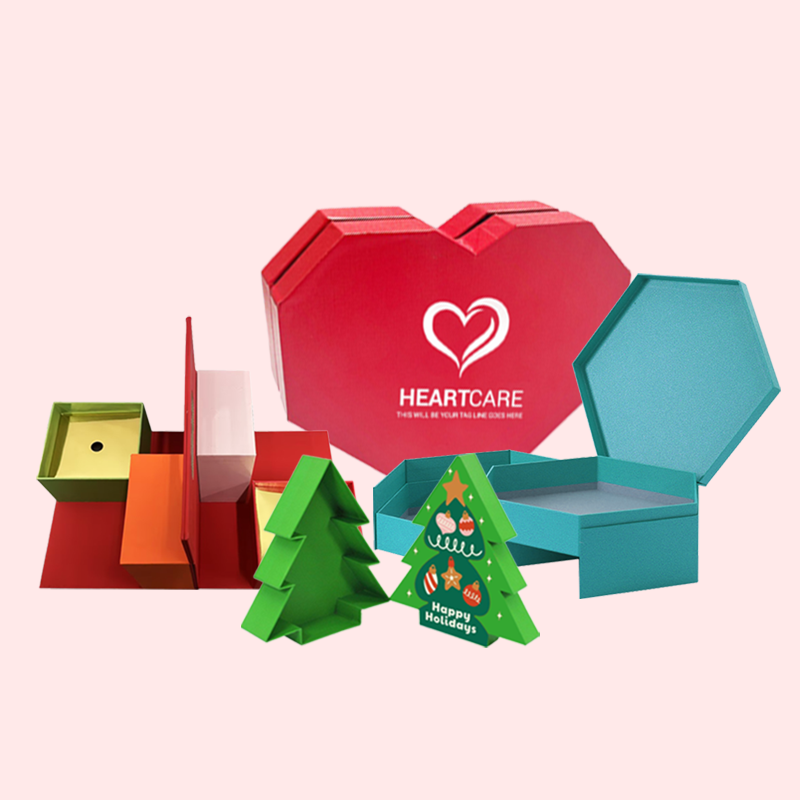When it comes to packaging, selecting the appropriate material is crucial for ensuring product protection, brand appeal, and environmental sustainability. Paperboard, known for its versatility and eco-friendliness, is a popular choice in the packaging industry due to its strength, printability, and recyclability. Let's delve into four common paperboard grades frequently used in packaging solutions.
1. Folding Carton Board: Versatile and Lightweight
Folding carton board, also known as boxboard or carton board, is a lightweight yet durable paperboard grade suitable for a wide array of packaging applications. Its versatility makes it ideal for packaging various consumer goods like Jewelry, cosmetics, Beverage, and Electronics products. With excellent printability, folding carton board allows vibrant graphics and branding elements to enhance product visibility on the retail shelf.
2. Solid Bleached Sulphate (SBS) Board: Premium Packaging Solution
Solid bleached sulphate (SBS) board is a high-quality paperboard renowned for its bright white appearance and smooth surface texture. Often used for premium packaging applications, SBS board offers a luxurious look and feel desired in products like cosmetics, confectionery, electronics, and upscale consumer goods. Its superior printability and rigidity make it a popular choice for packaging designs requiring intricate graphics and embossing.

3. Solid Unbleached Sulphate (SUS) Board: Natural and Sustainable
Solid unbleached sulphate (SUS) board, also known as kraft board, is crafted from unbleached wood pulp, resulting in a natural brown color and rustic aesthetic. Renowned for its strength, durability, and sustainability, SUS board is ideal for environmentally conscious packaging solutions. Common applications include packaging for food products, beverages, pharmaceuticals, and eco-friendly consumer goods.
4. White Lined Chipboard (WLC): Economical and Recyclable
White lined chipboard (WLC), often referred to as chipboard or greyboard, is a cost-effective paperboard grade made from recycled paper materials. WLC board is widely used for packaging applications prioritizing economy and recyclability, such as cereal boxes, shoeboxes, dry food packaging, and promotional materials. While WLC board may not offer the same printability as other grades, it provides sufficient strength and stiffness for many packaging needs.

In conclusion, paperboard offers a variety of options for packaging solutions, each with its unique characteristics and advantages. Whether seeking versatility, premium aesthetics, sustainability, or cost-effectiveness, there's a paperboard grade to suit specific packaging requirements. Understanding the different types of paperboard grades available enables brands to make informed decisions, creating packaging that not only protects their products but also resonates with consumers while minimizing environmental impact.






